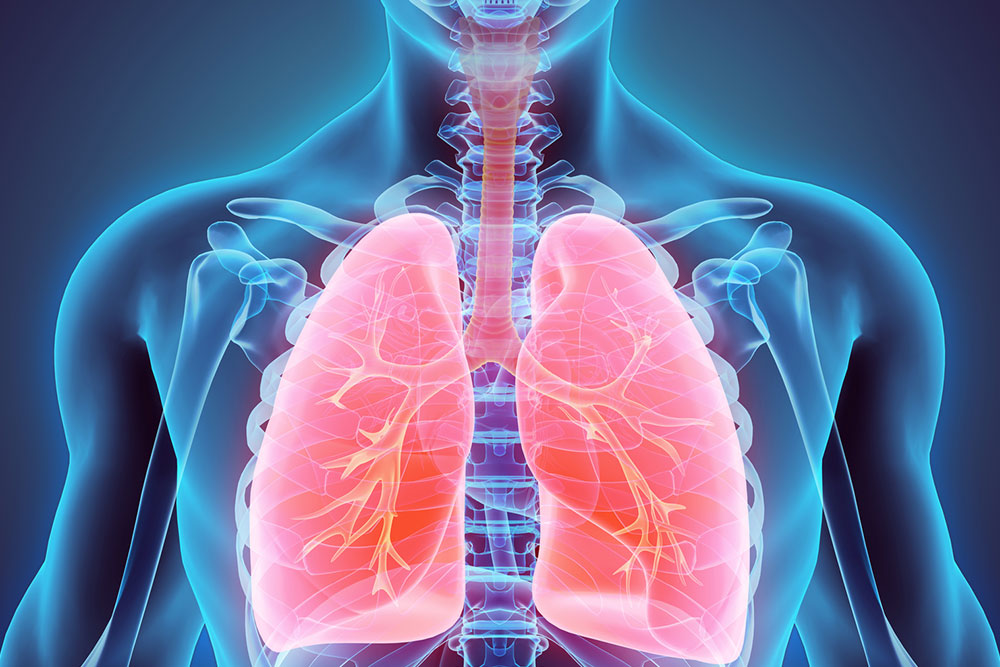Comprehensive Guide to Lung Nodules: Causes, Diagnosis, and Treatment Options
Explore the comprehensive guide on lung nodules, covering their causes, diagnostic methods, and treatment options. Learn how advances in medical technology and personalized care help manage these small lung growths effectively. Early diagnosis and appropriate intervention are crucial for benign and malignant nodules. This detailed article offers valuable insights for patients and healthcare providers alike, emphasizing the importance of monitoring, minimally invasive procedures, and targeted therapies for optimal outcomes.

Comprehensive Guide to Lung Nodules: Causes, Diagnosis, and Treatment Options
Lung nodules, also known as pulmonary nodules, are small growths within the lung tissue often discovered incidentally during routine medical imaging such as chest X-rays or computed tomography (CT) scans. While the discovery of these nodules can be unsettling, understanding their origins, potential implications, and available management strategies is crucial for effective health care. Advances in imaging technology and minimally invasive treatments have significantly improved the accuracy of diagnosis and expanded treatment options, enabling personalized care tailored to each patient’s specific condition.
The Origins and Causes of Lung Nodules
Infectious Diseases One of the primary causes of lung nodules is infectious processes. Conditions such as tuberculosis, fungal infections, and bacterial pneumonia can lead to localized inflammation in lung tissues. These inflammatory responses often result in granulomas or granulomatous nodules, which may remain stable or resolve with appropriate antimicrobial therapy. Recognizing infectious causes is essential because it influences treatment choices and prognosis.
Inflammatory and Autoimmune Conditions Autoimmune diseases, including sarcoidosis, rheumatoid arthritis, and Goodpasture syndrome, can lead to the formation of non-cancerous nodules. These are typically granulomatous in nature and may be asymptomatic or cause subtle symptoms. Treatment often involves anti-inflammatory or immunosuppressive medications, with many nodules resolving over time or remaining stable.
Benign Tumors Benign growths like hamartomas, fibromas, and lipomas can present as pulmonary nodules. These are non-cancerous but may sometimes be mistaken for malignant lesions on imaging studies. If these nodules cause symptoms, increase in size, or look suspicious, surgical removal might be considered, primarily for diagnosis or symptom relief.
Lung Cancer and Malignant Nodules Lung cancer remains a significant concern when pulmonary nodules are detected. These can be primary tumors or metastases from cancers originating elsewhere in the body. Early and accurate diagnosis of malignant nodules is critical because it directly influences treatment and prognosis. Management involves a multi-disciplinary approach, including surgical removal, radiation therapy, chemotherapy, targeted therapy, or immunotherapy, depending on the stage and characteristics of the cancer.
Strategies for Managing Lung Nodules
Approaches to managing lung nodules depend on factors such as size, shape, growth patterns, and individual risk factors for lung cancer. Common management strategies include:
Active Observation and Monitoring For small, stable nodules with low suspicion of malignancy, physicians often recommend periodic imaging studies, such as CT scans, to monitor any changes over time. This watchful waiting avoids unnecessary invasive procedures and is suitable for nodules with benign features.
Biopsy Procedures If a nodule exhibits growth, develops suspicious features, or if initial assessment suggests potential malignancy, tissue sampling becomes necessary. Techniques such as bronchoscopy-guided biopsy, needle biopsy under CT guidance, or surgical excision provide histopathological confirmation essential for diagnosis and treatment planning.
Minimally Invasive Treatments Innovative procedures like radiofrequency ablation (RFA) utilize heat to destroy small, localized lung nodules. Stereotactic body radiation therapy (SBRT) offers precise targeting of cancerous lesions with minimal impact on surrounding healthy tissue, making these options valuable for patients unfit for surgery or targeted therapy.
Targeted Cancer Therapies and Immunotherapy For malignant nodules, modern oncological treatments include chemotherapy, targeted drugs tailored to specific genetic mutations, and immunotherapy that boosts the body's immune response against cancer cells. Early-stage malignant nodules might be addressed with surgical excision, often combined with adjuvant therapies.
Surgical Resection In cases where nodules are suspected or confirmed to be malignant, or if they cause significant symptoms or complications, surgical removal becomes the definitive treatment. Techniques such as lobectomy, segmentectomy, or wedge resection can be employed based on tumor size and location, with minimally invasive approaches preferred when feasible.
In summary, lung nodules are common findings that require careful evaluation. Understanding their causes—from infectious and inflammatory origin to benign and malignant growths—helps guide appropriate management. Advances in imaging, biopsy techniques, and minimally invasive procedures have greatly improved outcomes, making it possible to tailor treatment strategies to each patient's unique situation. Regular follow-up and prompt intervention are key to ensuring effective care and better prognosis.





